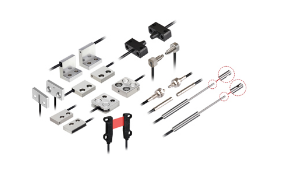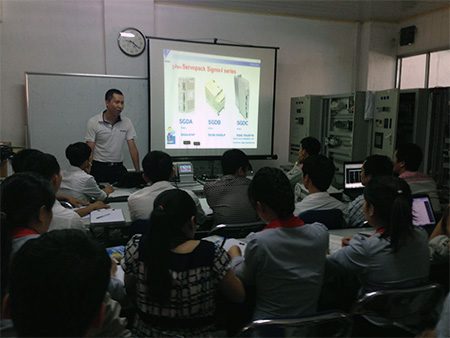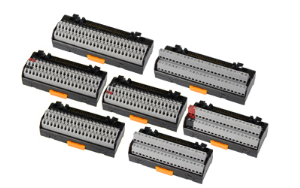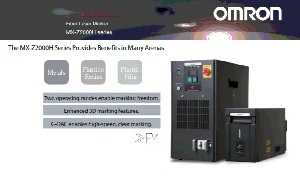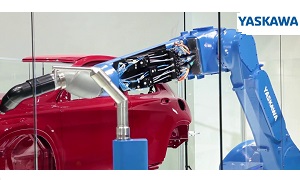Hydraulic oil coolers
Hydraulic oil coolers
Heat is generated in the hydraulic system because there is no device that can operate 100% performance. The heat source is generated including pumps, safety valves, distribution valves and flow control valves. Temperatures can make hydraulic oil temperature in the system beyond its normal activities from 45 degrees C to 65 degrees C. The temperature overheating promotes oxidation and makes hydraulic oil diluted oil upwards. This promotes the degradation of the sealing seal, the gasket and increases abrasion between parts that fits together in the hydraulic equipment such as valves, pumps, cylinders, hydraulic motors.
Temperatures in the steady state of hydraulic oil in a system depends on the speed of heat generation and heat dissipation rate of the system. If the operating temperature of the hydraulic oil in the system or more excess, this means that the heat is too great speed compared to the speed of heat dissipation. If a hydraulic system with reasonable performance, the solution is to increase the speed of heat dissipation. This is done by using coolers, also known as heat exchangers.
For most hydraulic systems, natural heat rate sufficient to generate a high enough temperature, if not sought, the oil radiator very oxidised affect operation of the system. Therefore, normally used for the cooling radiators, two kinds of cooling water and the cooling fan (with air).
Heat is generated in the hydraulic system because there is no device that can operate 100% performance. The heat source is generated including pumps, safety valves, distribution valves and flow control valves. Temperatures can make hydraulic oil temperature in the system beyond its normal activities from 45 degrees C to 65 degrees C. The temperature overheating promotes oxidation and makes hydraulic oil diluted oil upwards. This promotes the degradation of the sealing seal, the gasket and increases abrasion between parts that fits together in the hydraulic equipment such as valves, pumps, cylinders, hydraulic motors.
Temperatures in the steady state of hydraulic oil in a system depends on the speed of heat generation and heat dissipation rate of the system. If the operating temperature of the hydraulic oil in the system or more excess, this means that the heat is too great speed compared to the speed of heat dissipation. If a hydraulic system with reasonable performance, the solution is to increase the speed of heat dissipation. This is done by using coolers, also known as heat exchangers.
For most hydraulic systems, natural heat rate sufficient to generate a high enough temperature, if not sought, the oil radiator very oxidised affect operation of the system. Therefore, normally used for the cooling radiators, two kinds of cooling water and the cooling fan (with air).
15.916
31/05/2015
Digital website for students
Sections
Maybe you are interested

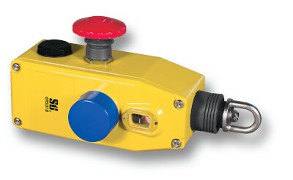
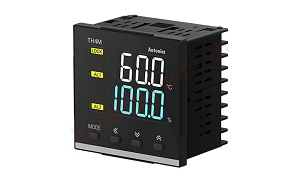
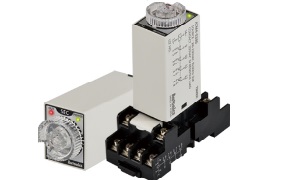
 11082017112229.jpg)

